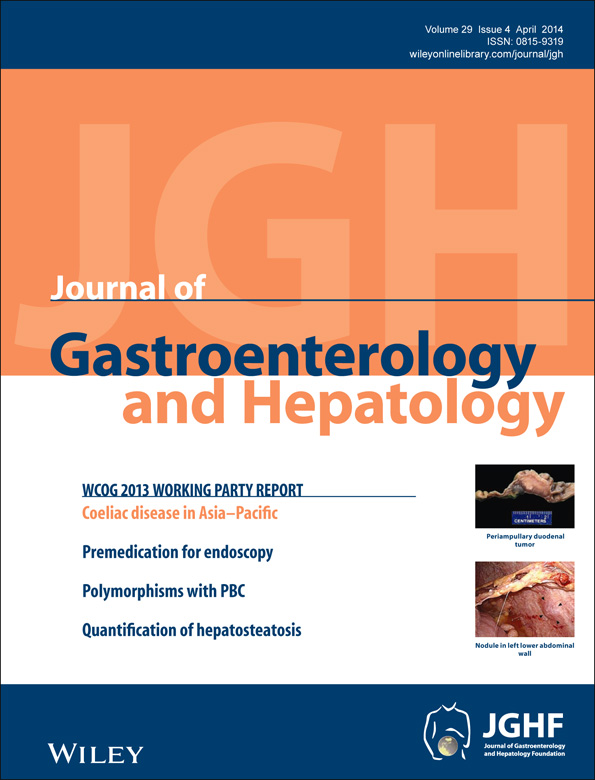Presence of spur cells as a highly predictive factor of mortality in patients with cirrhosis
Abstract
Background and Aim
The presence of spur-cell anemia (SCA) is due to lipid disturbances of the erythrocyte membrane and may develop in patients with advanced liver cirrhosis. The accurate predicting value of SC for survival has not been clarified. The aim of this study was to evaluate SCA as a prognostic indicator in patients with cirrhosis.
Methods
We prospectively evaluated clinical, laboratory parameters, and survival in patients with cirrhosis, with or without SCA, during the period 2008–2011. Patients who had at admission renal failure, other causes of hemolytic anemia, hepatocellular carcinoma, sepsis, and/or active bleeding, were excluded. One hundred sixteen patients with cirrhosis were included. The presence of SCA (SC rate higher or equal to 5% [≥ 5%]) was diagnosed in 36 (31%) patients.
Results
Patients with SCA compared to those without had more advanced liver disease (higher Model for End-Stage Liver Disease [MELD], P < 0.001), higher total bilirubin (P < 0.001), and International Normalized Ratio (P < 0.001). Patients with SCA had worse survival (log rank P < 0.001). Survival of patients with SCA at the first, second, and third month of follow-up was 77%, 45%, and 33%, respectively. In multivariate Cox's regression analysis, the presence of SCA was an independent predictor of mortality (hazard ratio = 3.17 [95% CI 1.55–6.48]).
Conclusions
The presence of spur-cell anemia is not uncommon in cirrhosis and seems to be strongly associated with mortality. SCA can be used in combination with MELD as an additional predictor of early mortality.




